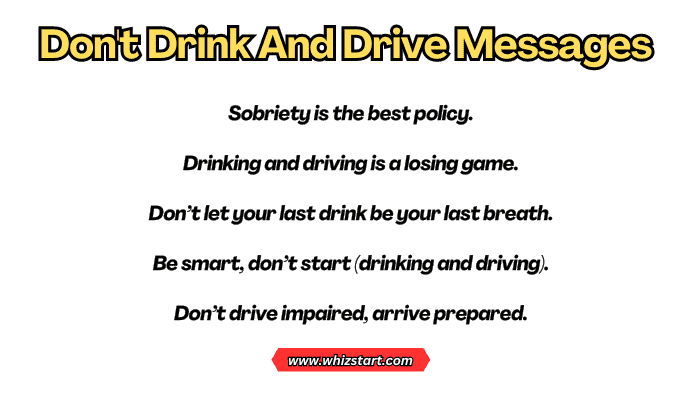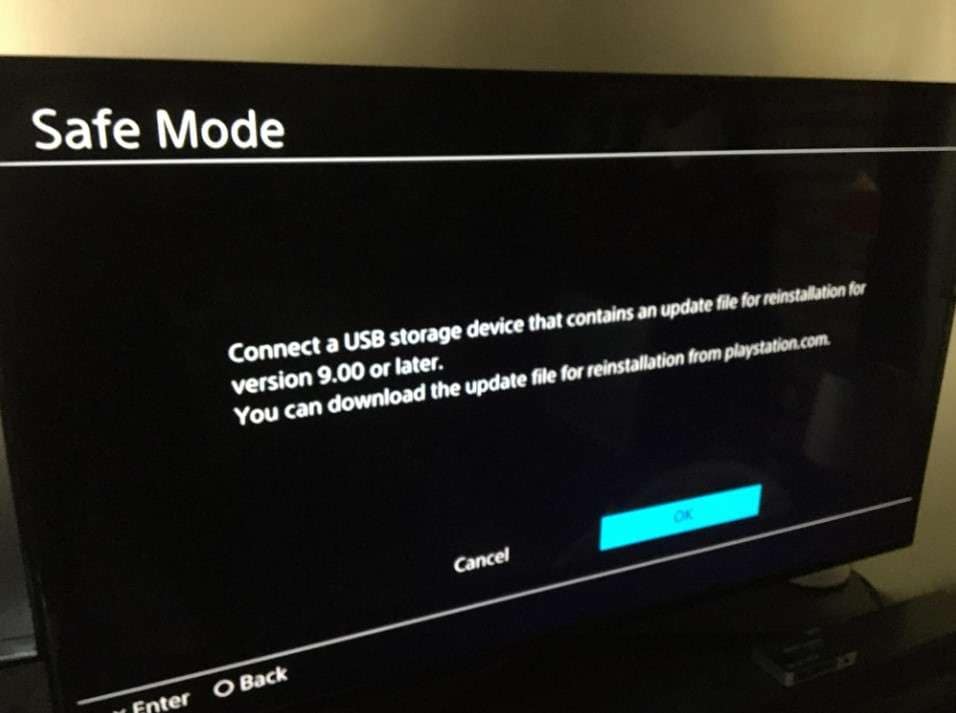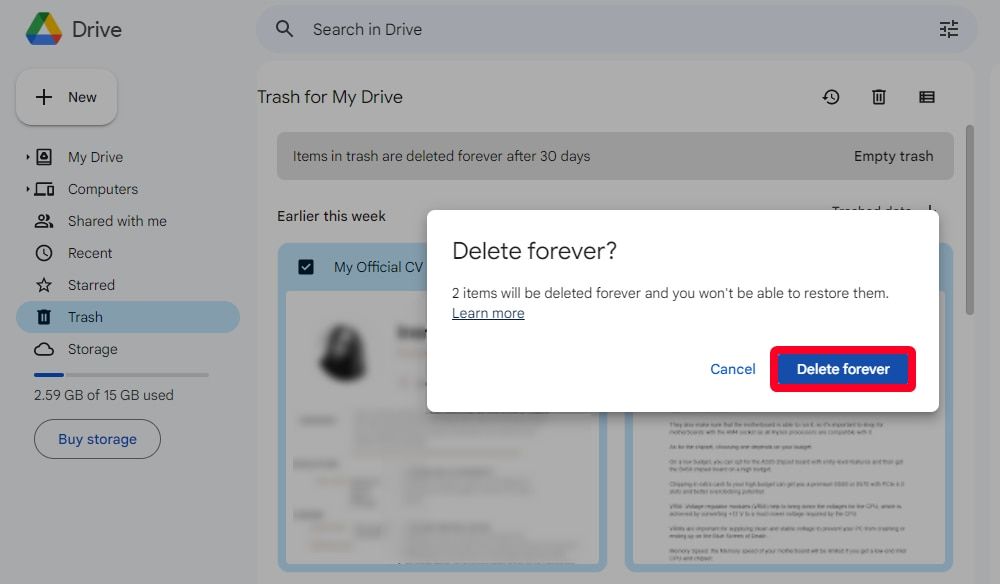What Is The Message Of Drive? Unpacking The Quiet Intensity Of A Modern Classic
Detail Author:
- Name : Greyson Kulas
- Username : carolina86
- Email : virginie52@hotmail.com
- Birthdate : 1989-06-16
- Address : 647 Adell Lock Suite 075 West Ava, VT 31861
- Phone : +1-520-379-9794
- Company : Haley-Feil
- Job : Occupational Therapist
- Bio : Voluptatem dolorum iste repudiandae fugiat. Ut iste sapiente inventore. Voluptatem quo velit alias sequi.
Socials
linkedin:
- url : https://linkedin.com/in/bryana_smith
- username : bryana_smith
- bio : Vel nihil sint quod quia.
- followers : 1848
- following : 433
tiktok:
- url : https://tiktok.com/@bryana_smith
- username : bryana_smith
- bio : Reprehenderit quod aut blanditiis ipsa.
- followers : 2273
- following : 376
Have you ever watched a film that just sticks with you, long after the credits roll? That, you know, sort of hums in the background of your thoughts for days? The movie "Drive," starring Ryan Gosling, is absolutely one of those experiences for so many people. It is a film that doesn't rely on big speeches or obvious explanations to get its points across. Instead, it pulls you into its world with visuals, music, and the quiet actions of its characters. People often wonder what exactly the movie is trying to tell us, and that's a pretty natural thing to think about with a film like this.
It's not just a story about a getaway driver, though that's certainly what you see on the surface. "Drive" feels more like a mood, a feeling, or perhaps a poem brought to life on the screen. The main character, known only as the Driver, speaks very little, yet his presence is so powerful. This silent approach actually makes the film's deeper meanings even more intriguing. It's almost like trying to read a very important message that has no words, relying on intuition and observation instead.
So, what is the message of Drive, really? Well, that's what we're going to explore together. We'll look at the layers beneath the cool jacket and the intense stares, trying to figure out what makes this movie resonate with so many viewers. It's a bit like trying to find a hidden setting on your phone that changes everything, or perhaps locating that phantom unread message in your inbox that you just can't seem to find at first glance. The answers are there, but you might need to look a little closer.
Table of Contents
- The Silent Hero and His World
- Love, Sacrifice, and Protection
- The Duality of Violence
- The Weight of Consequences
- The Lonely Road of Justice
- The Power of the Unsaid
- The Film as a Modern Fable
- Common Questions About Drive
- Reflecting on the Message
The Silent Hero and His World
The main character in "Drive" is someone who lives a very quiet life, more or less on the fringes of society. During the day, he works as a mechanic and a stunt driver for films. By night, he helps criminals escape after their jobs. He's a man of few words, and his actions often speak much louder than anything he could say. This quiet nature is a big part of what makes him so compelling, you know? It's like he has a whole world of thoughts and feelings inside him that he just doesn't express with words.
His world is rather stark, filled with neon lights and the hum of an engine. There's a certain loneliness about him, even when he's around other people. This setting, with its cool colors and sparse dialogue, really helps to emphasize his isolation. It's as if he's a message that hasn't quite been sent yet, waiting for the right moment or the right connection to truly come alive.
For a lot of us, this quiet intensity is what draws us in. We want to understand what's going on beneath the surface, much like trying to read a voice message transcript to fully grasp the meaning, even if the words are few. The Driver's journey is very much about his internal struggles, even if we only see them through his actions and his very expressive eyes. He's a man who carries a lot, but he doesn't show it easily.
Love, Sacrifice, and Protection
At the heart of "Drive" is a story about a man who finds a connection with a woman named Irene and her young son. This connection, you see, changes everything for him. It brings a warmth into his rather cold and solitary existence. He develops a deep affection for them, a feeling that is very pure and protective. It's almost as if he finally finds a reason to truly care about someone beyond himself.
When Irene's husband, Standard, comes back from prison, he brings trouble with him. The Driver, feeling a strong need to protect Irene and her child, gets involved in a dangerous situation to help Standard clear his debts. This act of getting involved is a huge turning point. It shows just how much he is willing to give up for the people he cares about. It's a bit like when you try to retrieve accidentally deleted text messages; you go to great lengths to get back something important you thought was lost.
This willingness to sacrifice his own safety and his quiet life for them is a core message of the film. It suggests that true love, or perhaps a deep sense of caring, often calls for significant personal cost. The Driver's actions speak volumes about his devotion, even though he never says "I love you" in the traditional sense. His silent protection is a very powerful form of communication, indeed.
The Duality of Violence
One of the most striking aspects of "Drive" is its portrayal of violence. It's often sudden, brutal, and very impactful, yet it's also used in a way that feels almost ritualistic. The Driver, for all his quiet demeanor, can be incredibly violent when provoked or when protecting those he cares for. This stark contrast between his gentle side and his capacity for extreme aggression is a key part of his character, you know?
The film doesn't glorify violence; instead, it shows its grim reality and the heavy toll it takes. When the Driver resorts to violence, it's usually out of a protective instinct, but it always has severe consequences. It's like when something goes wrong with a digital service and you get an error message; there's a clear, unavoidable problem that needs to be addressed, and often, it's messy. The film seems to suggest that while violence might sometimes be a necessary evil for survival or protection, it leaves deep scars on everyone involved.
This duality is a very important part of the film's message. It makes you think about the nature of good and evil, and how easily a person can cross lines when pushed. The Driver is not a traditional hero; he's a complex figure who embodies both intense tenderness and terrifying brutality. This makes his character, and the film's message about human nature, quite a bit more layered and thought-provoking.
The Weight of Consequences
Every action in "Drive" seems to carry a heavy weight of consequences, and that's a pretty strong message in itself. The Driver's decision to help Standard, while born from a good place, sets off a chain of events that spirals out of control. It's a bit like changing advanced settings on your phone; one small adjustment can have widespread effects on how everything works, sometimes in ways you didn't expect.
The film shows how one choice can lead to another, pulling characters deeper into a dangerous world they might not have intended to enter. There's no easy escape from the choices made, and the film doesn't offer neat resolutions. The characters, especially the Driver, have to live with the fallout of their actions, both the good and the bad. This is, you know, a very realistic portrayal of life's challenges.
The message here is quite clear: our actions, particularly those driven by strong emotions or protective instincts, have lasting impacts. The Driver's journey becomes a lonely one, marked by the sacrifices he makes and the dark path he walks to ensure the safety of others. It's a reminder that even noble intentions can lead to difficult and sometimes tragic outcomes.
The Lonely Road of Justice
In a world where the official systems don't seem to offer much help or protection, the Driver takes on a role of a sort of vigilante. He dispenses his own brand of justice, which is often brutal and personal. This aspect of the film raises questions about what justice really means, and who gets to decide it. It's a rather stark look at a world where individuals feel they have to take matters into their own hands, you see.
His path is a solitary one. He doesn't seek recognition or praise for his actions. He simply does what he feels needs to be done to protect the innocent. This makes his character a bit of an enigma, someone who operates outside the usual rules, driven by an internal moral code. It's a bit like trying to access all the content of an application without having to sign in; he operates independently, yet effectively.
The film suggests that sometimes, in the face of overwhelming danger, a quiet person can become a powerful force for good, even if their methods are unconventional. This lonely road of justice is a central theme, highlighting the idea that heroism can look very different from what we typically expect. He's not a superhero, but he certainly acts with a kind of determined purpose.
The Power of the Unsaid
Perhaps one of the most profound messages of "Drive" lies in its reliance on what is *not* said. The Driver's silence is not an absence of meaning; it's quite the opposite. His expressions, his movements, and the way he interacts with the world around him convey so much more than words ever could. This emphasis on non-verbal communication is a very powerful artistic choice, you know?
The film asks us, the viewers, to pay close attention to the subtleties, to read between the lines, and to interpret the unspoken emotions. It's a bit like how a voice message isn't sent until you tap send, but once it's out there, its meaning is conveyed through tone and feeling, not just words. "Drive" trusts its audience to piece together the narrative and the characters' inner lives without explicit dialogue. This is a very engaging way to tell a story, honestly.
This focus on the unsaid makes the film feel incredibly human. It reflects how much of our own communication in real life happens without words—through glances, gestures, and shared moments. The message of "Drive" is often felt, rather than heard, making it a very unique and deeply affecting cinematic experience. It's almost like the film itself is a quiet message that you have to truly listen to with more than just your ears.
The Film as a Modern Fable
Many people see "Drive" as a modern fable, a story with a moral lesson told through simple, archetypal characters. The Driver, with his iconic jacket and quiet strength, feels like a figure from a timeless tale. He's a bit like a knight, or a lone wolf, protecting the innocent in a dangerous world. This gives the film a very mythical quality, you know, even though it's set in a contemporary city.
The story's simplicity, combined with its intense emotional depth, allows it to explore universal themes like good versus evil, love, loss, and redemption. It doesn't get bogged down in too many subplots or complicated explanations. Instead, it focuses on the core journey of one man and the impact he has on a few lives. This directness is, you know, very effective in conveying its core ideas.
The enduring appeal of "Drive" years after its release, even now in 2024, shows that its messages about protection, sacrifice, and the quiet strength of individuals continue to resonate. It's a film that invites repeated viewings, with each watch revealing new layers, much like how you might revisit old photos in your phone's internal memory, finding new details each time. It's a testament to its lasting power as a piece of art that speaks to something very fundamental within us.
Common Questions About Drive
What is the meaning behind the movie Drive?
The meaning behind "Drive" is quite layered, but it largely explores themes of protection, the nature of violence, and the quiet heroism found in unlikely places. It suggests that deep connections can push someone to extreme actions, and that true character is often revealed through deeds, not words. The film also delves into the consequences of living a dangerous life and the sacrifices made for love, even if it's unrequited. It's a bit like trying to understand all the contents of your mobile application; there's a lot there, even if it's not immediately obvious.
What is the symbolism in the movie Drive?
"Drive" is rich with symbolism. The scorpion on the Driver's jacket, for example, often represents his protective, yet dangerous, nature, like a scorpion protecting its young. The neon lights of Los Angeles symbolize the city's alluring but often corrupting underbelly. The masks used in the robberies can represent the different faces people wear, or the anonymity of crime. Even the quiet moments in the car can symbolize a sanctuary or a place of contemplation before chaos erupts. It's almost as if every element is trying to send a message, you know?
Is Drive a tragic love story?
Yes, in many ways, "Drive" can be seen as a tragic love story. The Driver's deep affection for Irene is clear, but their connection is doomed from the start due to his dangerous life and her existing family. His protective actions, while born of love, ultimately lead to violence and separation. The tragedy lies in the fact that his love compels him to act, but those very actions prevent him from having the peaceful life he briefly glimpsed with Irene. It's a very poignant portrayal of love and sacrifice, honestly.
Reflecting on the Message
So, what is the message of Drive? It's not just one simple answer, but rather a collection of powerful ideas about humanity, choice, and consequences. The film reminds us that heroism doesn't always wear a cape, and that true strength can come from the quietest of individuals. It shows us the intense beauty and brutal reality of a life lived on the edge, all for the sake of protecting someone deeply cared for. It's a very moving experience, in some respects.
This movie, with its stunning visuals and unforgettable soundtrack, invites us to look beyond the surface. It asks us to consider the unspoken narratives that shape our lives and the profound impact of our actions. It's a film that stays with you, prompting reflection on what truly matters when everything else falls away. Perhaps you'll want to read more about its critical reception, or maybe even give it another watch to discover new layers for yourself. You can learn more about our thoughts on compelling cinema on our site, and we also have more film analysis pieces that might interest you. It’s a film that truly speaks to the heart, without needing many words to do it.


